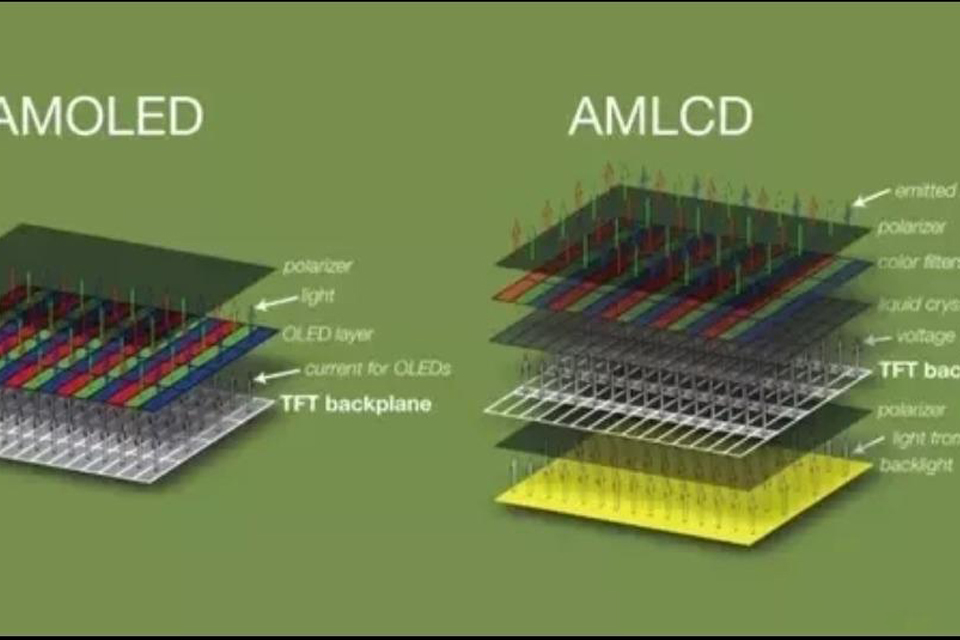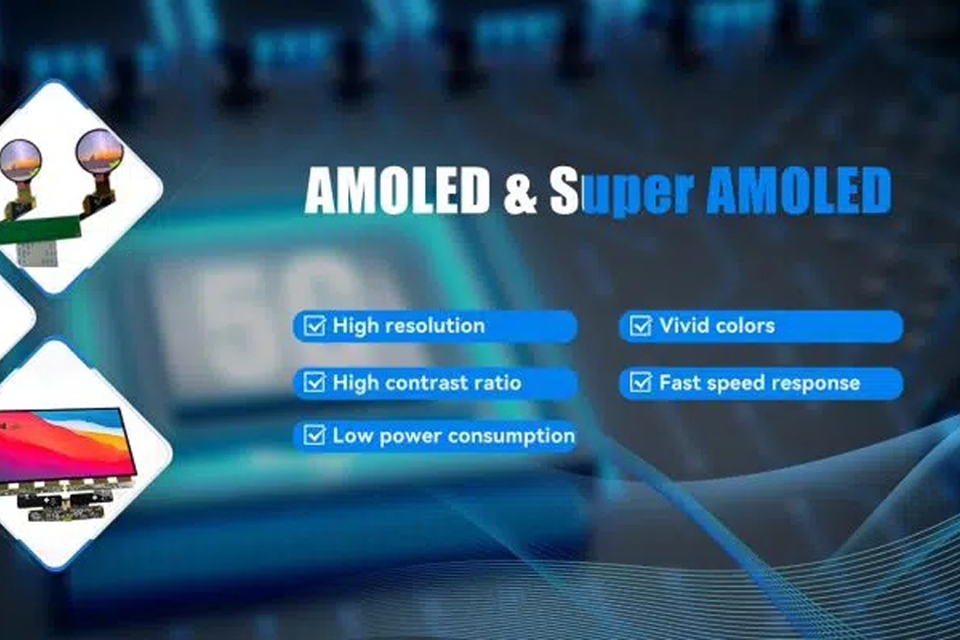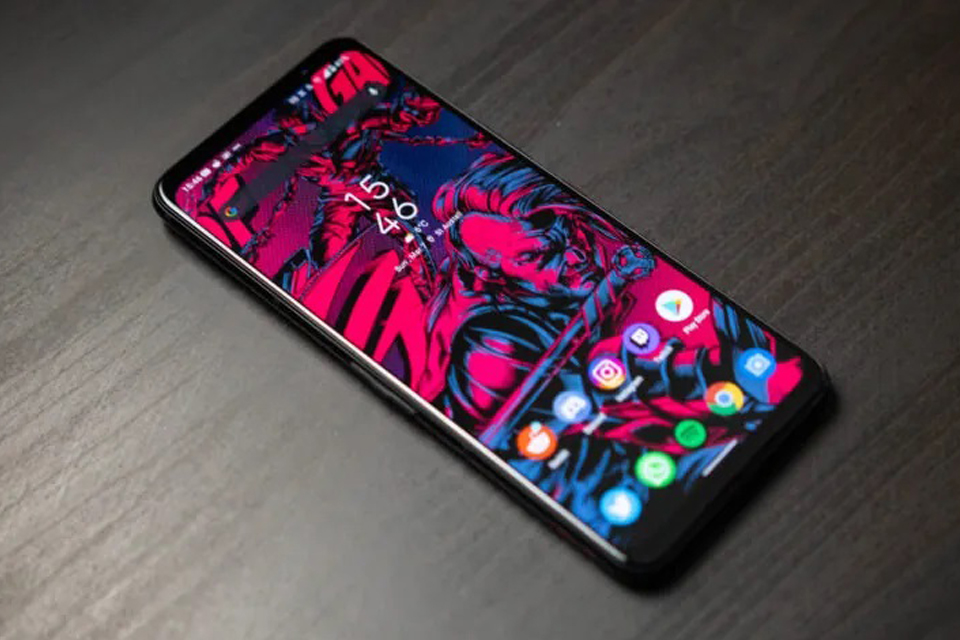AMOLED and super amoled displays are ubiquitous in modern smartphones. This article delves into the differences between these two prominent display technologies, exploring their underlying principles, advantages, and disadvantages. Whether you're a tech enthusiast or simply curious about the display on your device, this comprehensive guide will provide valuable insights into the world of AMOLED and super amoled screens. Understanding the nuances of these technologies will empower you to make informed decisions when choosing your next smartphone or device.
AMOLED display stands for Active Matrix Organic Light Emitting Diode. Let’s explain it piece by piece. Organic Light Emitting Diode means that the light emitting material is an organic compound. When electricity is passed through this compound, it emits light. Active Matrix refers to the addressing scheme used to control the individual pixels.
In simpler terms, an amoled display is a display technology where each pixel emits its own light. This is in contrast to lcd screens, which require a led backlight to illuminate the entire screen. Because amoleds don’t need a backlight they can be thinner and more flexible. This fundamental difference gives amoled display several advantages in terms of contrast, color, and power efficiency. Because it does not require a backlight, it is capable of displaying black because the individual pixels can be turned off completely.

So, what is super amoled, then? Super amoled is an improved version of amoled technology developed by samsung. The key difference is that super amoled has touch functionality integrated into the display itself, rather than using a separate digitiser layer. “Super” means that the touch functionality integrated into the layer is integrated.
In traditional amoled display, there’s a separate digitiser layer on top of the display to detect touch input. Super amoled integrate the touch sensors directly into the amoled display panel. This results in several benefits, including a thinner screen, reduced reflections, and improved touch responsiveness.
Super amoled display offer several advantages over traditional amoled display and other display technologies like ips. These advantages include:
Despite their many advantages, super amoled display also have some drawbacks:

Dynamic amoled is a further advancement of super amoled technology developed by samsung. Introduced with the samsung Galaxy S10 series, dynamic amoled aims to improve upon the already impressive features of super amoled by focusing on enhanced color volume and brightness.
Key improvements with dynamic amoled include:
Dynamic amoled is essentially version of super amoled. It builds upon the strengths of super amoled while addressing some of its limitations, resulting in an even more visually stunning and user-friendly display experience.
Fluid amoled is a marketing term used by oneplus to describe their super amoled display with a high refresh rate. The oneplus 7 Pro was the first smartphone to feature a fluid amoled display.
The primary difference between fluid amoled and regular super amoled amoled display is the inclusion of a 90hz refresh rate (or even 120Hz in newer models). This higher refresh rate makes scrolling, animations, and gaming appear smoother and more responsive. In display technologies used, the refresh rate is one of the most important aspects of screen.
In addition to the high refresh rate, fluid amoled display typically feature other enhancements, such as:
Fluid amoled might be considered more of a marketing name than a fundamentally new technology used, it does represent a significant step forward in terms of display smoothness and responsiveness.
The debate between amoled or super amoled and ips lcd display has been ongoing for years, with each technology used offering its own set of advantages and disadvantages.
AMOLED/Super AMOLED:
IPS LCD:
Ultimately, the "better" display technology depends on your personal preference and priorities. If you value vibrant colors, high contrast, and less power, amoled or super amoled is the way to go. If you prioritize color accuracy, wide viewing angles, and affordability, ips lcd display is a better choice.
Here is a table summarizing the key differences between super amoled and ips lcd display:
| Feature | Super AMOLED | IPS LCD |
|---|---|---|
| Contrast Ratio | Near-infinite | High (but significantly lower) |
| Colors | Vibrant | Accurate |
| Power Consumption | Lower (in some cases) | Higher |
| Thickness | Thinner | Thicker |
| Response Time | Faster | Slower |
| Burn-in Risk | Yes | No |
| Cost | Higher | Lower |
| Viewing Angles | Good | Excellent |

The impact of super amoled display on battery life is complex and depends on several factors.
On one hand, super amoled display can consume less power than lcd display when displaying dark colors or black. This is because the pixels in an amoled screen can be turned off completely, while lcd screens require a constant led backlight. Displaying black images is when a super amoled could really save on battery.
On the other hand, super amoled display can consume more power than lcd display when displaying bright, vibrant colors. This is because the pixels need to work harder to emit more light.
In general, smartphone with super amoled display tend to have good battery life, but this is also due to other factors, such as battery capacity, processor efficiency, and software optimization. The samsung phones are good example for this. The samsung does an amazing job optimizing battery for its phone display needs.
To maximize battery life on a smartphone with a super amoled display, consider using a dark theme, reducing brightness levels, and avoiding prolonged use of high brightness levels.
Super amoled display are widely used in smartphones from various manufacturers, but they are particularly common in samsung smartphones and other flagship devices. If your smartphone is samsung, you're likely using a super amoled display.
Some popular smartphones that use super amoled display include:
Many other mobile device also incorporate super amoled display, so it's always a good idea to check the specifications of a smartphone before you buy it.
Deciding whether a super amoled is worth it depends on what you’re looking for in a mobile screen. If you prioritize vibrant colors, high contrast, and a sleek design, then a super amoled display is definitely worth considering. The picture quality is amazing.
If you want to know questions to see if a super amoled is a good investment for you:
The increased cost can be a drawback for some, but the visual benefits are often worth the investment, especially if you frequently watch videos, playing games, or simply appreciate a visually stunning screen. The integrated touch panel in the display itself is also a nice addition, especially for gaming.
Ultimately, the best way to decide if a super amoled display is right for you is to see it in person. Compare it to other display technologies, such as ips lcd display, and see which one you prefer.

Contact: David
Phone: +8618665976986
Tel: +8675521563288
Email: [email protected]
Add: 305 Room A Buiding Huafeng International Robot Industrial Park Xixiang Bao'an